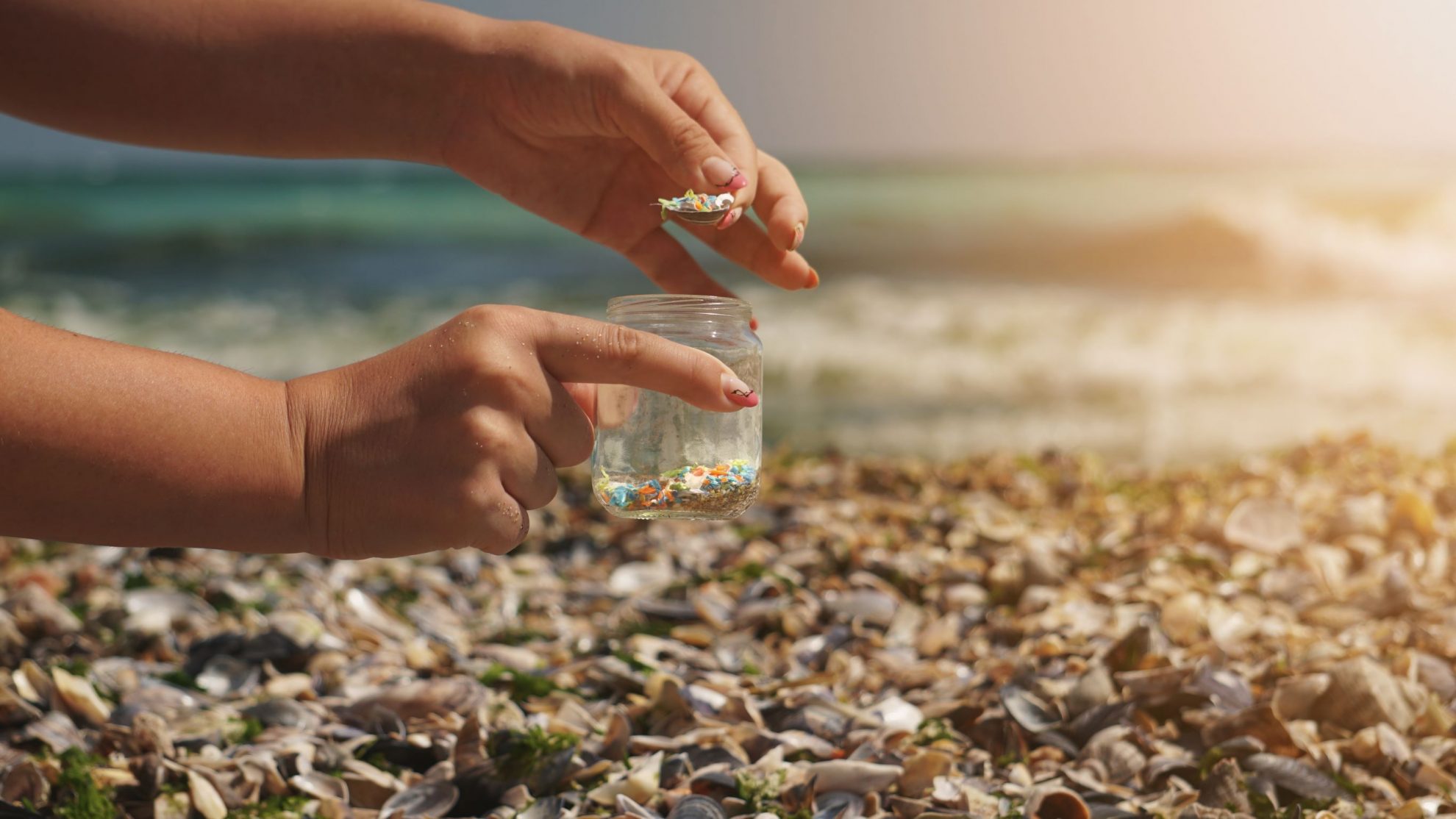
Microplastics
The plastics industry is very aware of the issue of microplastics. Small pieces of plastic, whether intentionally included, or through the degradation of plastic products, are ending up in the environment.
What are microplastics?
Microplastics are small (below 5 mm) pieces of plastics. They can have different shapes (spheroid, fragment, fibre) and be made of different polymers.
Microplastics can be intentionally made and added to products to enhance certain properties (for example, microbeads are added to personal care and household products for their scrubbing effect) – so-called primary microplastics. Secondary microplastics instead form by the degradation and weathering of larger plastic items, entering the environment as mismanaged or improperly disposed of waste.
Microplastics and the environment
As with plastic litter, microplastic pollution has reached every corner of the planet, from our living rooms to the Arctic ice sheet.
Scientists have collected evidence of microplastics entering the food chain, particularly in marine environments. Furthermore, it seems that microplastics can concentrate organic pollutants from the surrounding environment, exposing flora and fauna to higher levels of potentially toxic chemicals. It is not yet clear what are the effects of lifelong exposure to microplastics for human beings; currently, many different initiatives, both publicly and privately funded, aim to investigate the issue. We are collaborating closely with scientists to better understand the impact of microplastics on the environment and health, and with policymakers and regulators to introduce measures to help mitigate their release.
Independent scientific research to support change
As an industry, we are conscious of the extent of the microplastic pollution problem, and we understand our responsibility toward humankind and the planet.
That’s why Plastics Europe is funding a five-year, fully independent scientific research project, engaging world-renowned microplastic experts – the Brigid project. Brigid is a goddess in ancient Celtic mythology, associated with healing, protection, and wisdom. With this initiative, our objective is to bridge the knowledge gap on microplastic ingestion effects on human health. We are looking for the necessary answers to steer the plastic industry toward a better and more sustainable future.
Commitment to plastics sustainability
Our commitment does not end here; we are making fundamental changes to processes and practices to target plastic (and, by extension, microplastic) pollution.
Preventing the mismanagement of plastic waste is of crucial importance. Through advancements in mechanical and chemical recycling , we increase the re-use of plastic while reducing landfill and environmental inputs. Recently, our industry has committed to reaching at least 30% of recycled polymer content in plastic packaging by 2030. Another positive shift is the rise of sustainability by design – plastic items conceived with their entire lifecycle, and particularly end-of-life, in mind. These products are designed to be safe for consumers and the environment and to be easier to recycle. We are actively engaged in avoiding spills of pre-production resin pellets through Operation Clean Sweep®. This initiative reduces the loss and improves the recovery of pellets during their production and transportation.
Working together for change
We continuously share intelligence with all our stakeholders to build the science and work to identify knowledge gaps.
We contribute to the development of standard methodologies, protocols and analytical methods – essential to establishing solid evidence-based information. We engage with key partners, including the cosmetic, textile, washing machine and tyre industries, on how best to mitigate the impact of microplastics.
Microplastic pollution is an intricate, multi-faceted issue. We believe the results of Brigid’s scientific risk assessment will provide an essential piece for solving this complex puzzle, enabling the adoption by policymakers and the pioneers of industry of adequate measures, based on solid science, to reach the EU Sustainability and Circularity Goals by 2050 – and, more importantly, preserve the environment for generations to come.
Further reading
Operation Clean Sweep®
EU Circular Economy Action Plan
BlueLakes Project
Marine litter